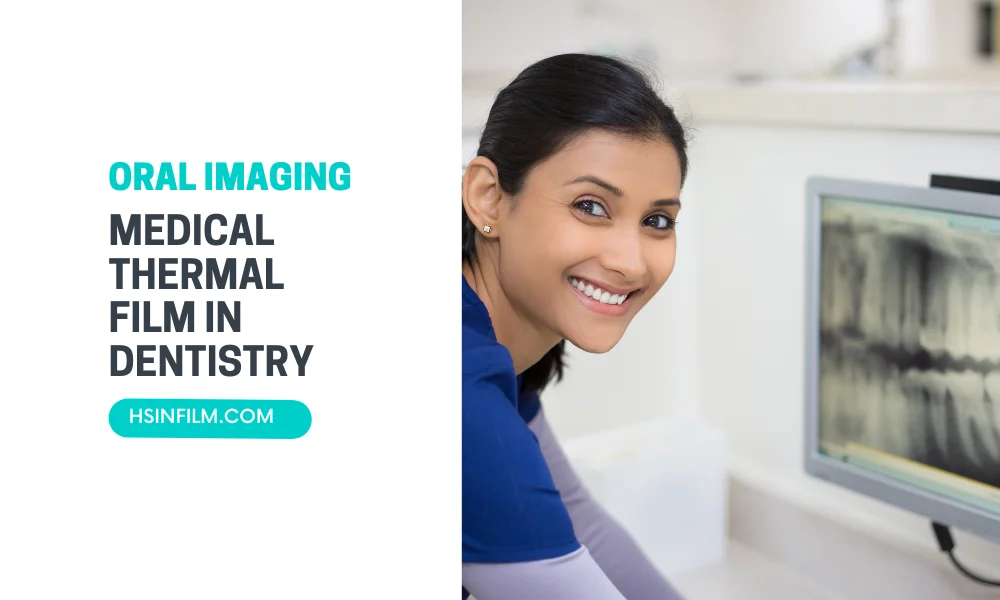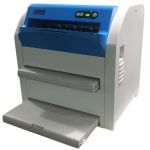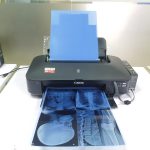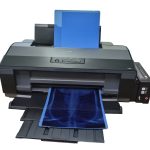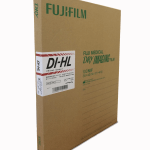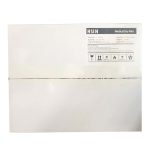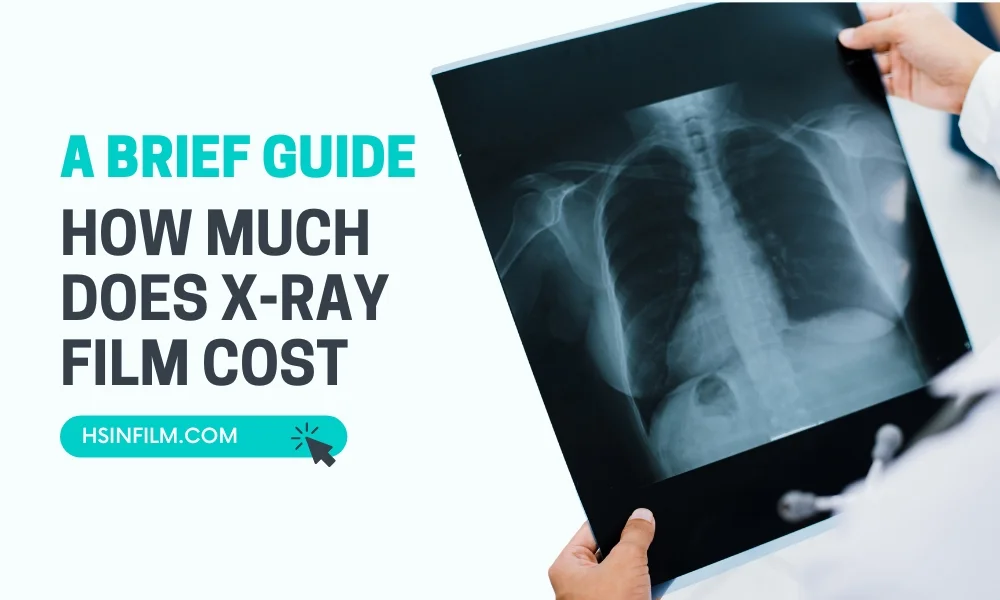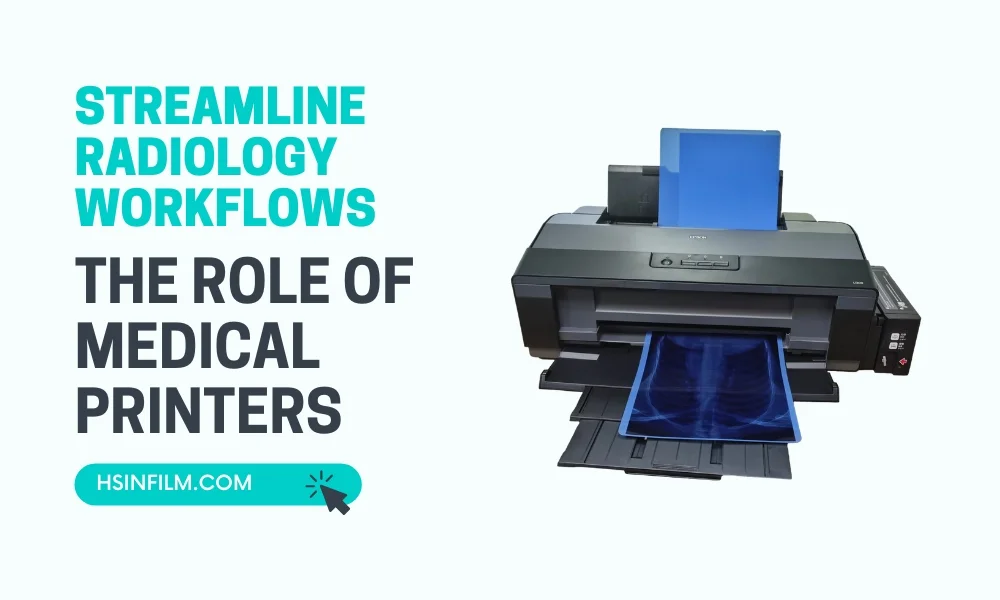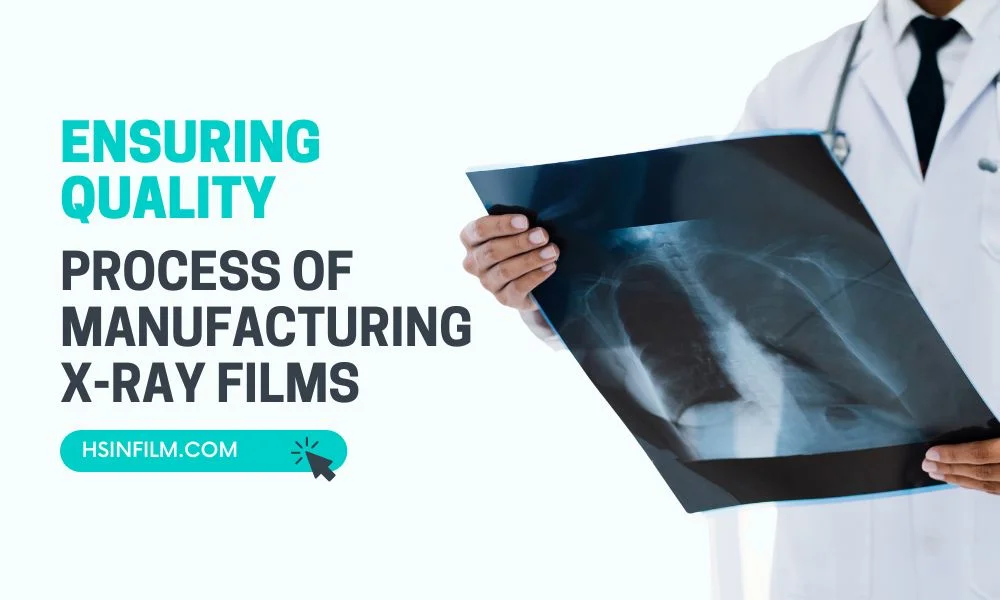Medical thermal film is an essential tool in the field of dentistry. It offers high-quality imaging that is crucial for accurate diagnosis and treatment planning. This blog post will explore the importance of medical thermal film in dentistry, its benefits, applications, and tips for optimal use. Understanding how to effectively utilize this technology can significantly enhance patient care and outcomes. In this comprehensive guide, we’ll explain the role of medical thermal film in dentistry, exploring its benefits, applications, and the positive impact it has on patient care.
Table of Contents: Medical Thermal Film in Dentistry
The Role of Imaging in Dentistry
Before we discuss the medical thermal film, it’s essential to understand the significance of imaging in dentistry. Dental practitioners rely on imaging for a range of purposes, from detecting cavities and assessing bone health to planning complex procedures like orthodontic treatments and dental implants. Imaging provides the essential visual data needed for accurate diagnosis and treatment.
Introduction to Medical Thermal Film
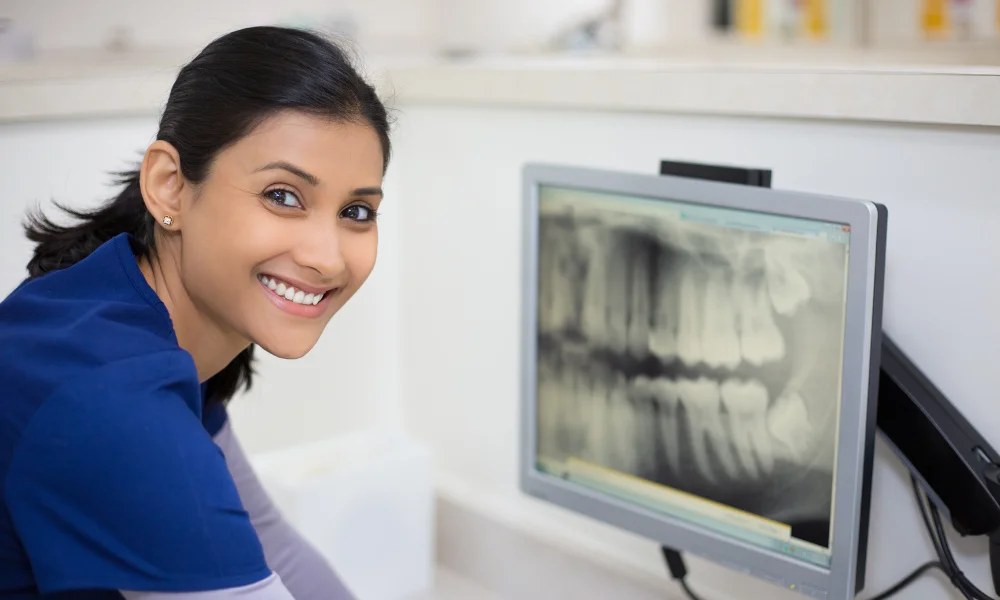
Definition and Overview
Medical thermal film is a type of film used to produce high-resolution images for diagnostic purposes. It is commonly used in medical imaging devices such as X-rays and ultrasound machines. In dentistry, thermal film is used to capture detailed images of teeth, gums, and other oral structures.
How It Works
Thermal film works by using heat to create images. When exposed to heat, the film develops a clear, precise image of the scanned area. This process eliminates the need for chemical developers, making it a cleaner and more efficient option for dental imaging.
Benefits of Medical Thermal Film in Dentistry
High-Quality Images
One of the primary benefits of medical thermal film is its ability to produce high-quality images. Clear, detailed images are essential for accurate diagnosis and treatment planning in dentistry. Thermal film provides sharp contrast and excellent resolution, allowing dentists to see even the smallest details.
Quick Development
Medical thermal film develops quickly, which is advantageous in a busy dental practice. Rapid image development allows for immediate review and diagnosis, reducing patient wait times and improving workflow efficiency.
Environmentally Friendly
Since medical thermal film does not require chemical developers, it is an environmentally friendly option. This reduces the environmental impact of dental practices and promotes sustainability.
Cost-Effective
Thermal film is also cost-effective. The elimination of chemicals and the quick development process reduces overall costs. This makes it a budget-friendly choice for dental practices, especially those looking to minimize expenses without compromising on quality.
Applications of Medical Thermal Film in Dentistry
Diagnostic Imaging
Medical thermal film is widely used for diagnostic imaging in dentistry. It helps in identifying various dental issues such as cavities, gum disease, and oral infections. Accurate diagnosis is crucial for effective treatment, and thermal film plays a significant role in this process.
Treatment Planning
Thermal film is essential for treatment planning. Detailed images of the oral cavity help dentists plan procedures such as fillings, root canals, and extractions. Clear images ensure that the treatment plan is precise and tailored to the patient’s needs.
Monitoring Progress
Dentists use thermal film to monitor the progress of ongoing treatments. Regular imaging helps in assessing the effectiveness of treatments and making necessary adjustments. This is particularly important for long-term treatments such as orthodontics and periodontal therapy.
Patient Education
High-quality images produced by thermal film can be used to educate patients about their dental health. Visual aids help patients understand their condition and the proposed treatment plan. This enhances patient compliance and satisfaction.
How Medical Thermal Film Enhances Oral Healthcare
The introduction of medical thermal film has ushered in a new era of oral healthcare. Here’s how it contributes to improved patient care:
Imagine a scenario where a patient presents with a toothache, and traditional X-rays reveal no visible issues. By employing medical thermal film, dentists can identify hidden problems like microfractures or abscesses that may have gone unnoticed. This precise diagnosis leads to more effective treatment and, ultimately, better patient outcomes.
Considerations for Implementing Medical Thermal Film in Dental Practices
While the benefits are clear, dental professionals must consider several factors when implementing medical thermal film technology. Adequate training for staff, investment in thermal imaging equipment, and integration into practice workflows are essential considerations.
Challenges in Traditional Dental Imaging
Traditional dental imaging techniques, such as X-rays, have long been the standard. However, they come with certain limitations. These include the use of ionizing radiation, which, although relatively low in dental X-rays, still poses some risk, particularly with repeated exposure. Additionally, traditional film-based X-rays require chemical processing, leading to longer waiting times for patients and the need for storage space for physical films.
Understanding the Technology Behind Thermal Film
To appreciate the benefits of medical thermal film fully, it’s essential to understand how this technology works. Medical thermal film relies on heat-sensitive paper that changes color when exposed to thermal energy. The thermal printer emits precisely controlled heat patterns corresponding to the dental structures being imaged. This results in a color change in the film, creating a high-resolution image.
The Role of Thermal Film in Early Detection of Oral Cancer
Oral cancer is a significant concern in dentistry, and early detection is critical for successful treatment. Medical thermal film has demonstrated its potential in aiding the early diagnosis of oral cancer. Changes in temperature patterns within the oral cavity can sometimes indicate abnormalities or the presence of tumors. Thermal imaging can assist in identifying these irregularities at an earlier stage than traditional methods.
Patient Experience and Acceptance
Patient comfort and experience play a pivotal role in dentistry. Medical thermal film offers several advantages in this regard. Patients no longer need to endure uncomfortable X-ray films placed in their mouths. Thermal imaging is non-invasive and painless, contributing to a more positive and relaxed experience for patients, which can lead to improved compliance with regular check-ups and treatments.
Integration with Digital Dentistry
In recent years, the dental industry has seen a significant shift towards digital dentistry. This includes the use of digital impressions, CAD/CAM technology, and electronic health records. Medical thermal film seamlessly integrates into this digital landscape. Images can be easily stored electronically, shared with specialists, and incorporated into patients’ digital records, ensuring a streamlined and efficient workflow.
Training and Education for Dental Professionals
Adopting any new technology in a dental practice necessitates adequate training for dental professionals. Understanding how to operate thermal imaging equipment, interpret thermal images, and integrate them into the diagnostic process is crucial. Dental associations and training programs have recognized the importance of incorporating thermal imaging education into dental curricula to ensure that future professionals are well-versed in this technology.
Patient Education and Communication
Effective communication between dental professionals and patients is key to providing quality care. With the introduction of medical thermal film, dentists have a valuable tool for patient education. Visualizing thermal images of their oral health can empower patients to take an active role in their treatment decisions and oral hygiene practices.
Regulations and Compliance
Dental practices must adhere to regulations and guidelines governing the use of medical thermal film, ensuring patient safety and data security. Understanding these regulations and implementing them in practice is vital to the responsible and ethical use of thermal imaging technology.
Conclusion: Transforming Dentistry with Thermal Film
Medical thermal film is an invaluable tool in dentistry. Its ability to produce high-quality, quick-developing, and environmentally friendly images makes it a preferred choice for dental diagnostics and treatment planning. Understanding the benefits and applications of thermal film, along with best practices for its use, can significantly enhance patient care and outcomes. As technology continues to advance, the role of thermal film in dentistry is expected to grow, further solidifying its importance in modern dental practices.
Additional Resources and References:
